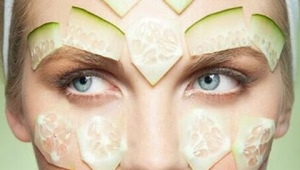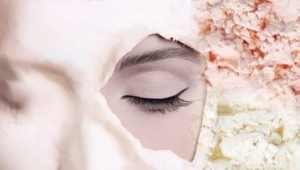Moisturizing face mask at home
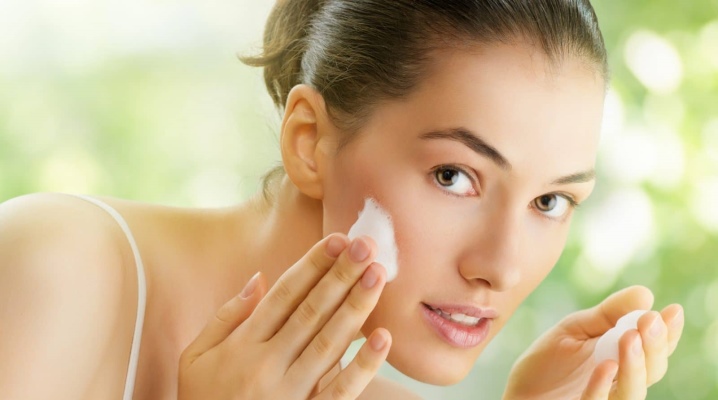
Moisturizing is part of the must-have 3-step skin care routine that your skin needs every day. Not a single type of epidermis, including oily, can do without moisturizing, since this important stage in care allows you to normalize the water and lipid balance in the cells. Without this step, it is impossible to imagine healthy and smooth skin with a natural glow. In addition to creams, moisturizing face masks will help to saturate the skin with a complex of elements.
Moisturizing is the process of saturating and filling skin cells with moisture necessary for their normal functioning. Moisturizing masks are an additional care for the dermis, which must be applied 1-2 times a week to achieve its ideal texture and condition.


Peculiarities
Face masks can be called the fourth stage in skin care, since today almost no woman can do without them. We can talk endlessly about the benefits of these cosmetic products, among them there are nourishing, soothing, anti-inflammatory, cleansing and others, including moisturizing ones. They can be exclusively moisturizing or combine several functions: cleanse, additionally nourish, saturate the epidermis with vitamins and other microelements. Among the features of such cosmetic products, it is worth noting:
- They are suitable for all skin ages.: from young and elastic to fading, depending on the active ingredients and composition;
- Masks vary by skin type.: there are products for dry and flaky dermis, for normal and combination, oily or problematic, age-related and fading;
- They are indicated for dehydrated skin, which is distinguished by an oily sheen in the T-zone and slight peeling in other parts. - cheeks, wings of the nose, for the skin, which now and then there are sensations of tightness;
- Masks are needed for women with patchy, dull skin tone, wrinkles, enlarged pores.
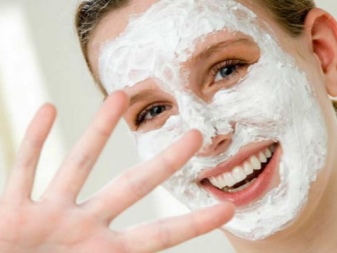
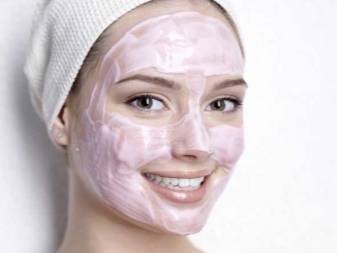
Moisturizing masks are necessary for any skin, however, their active ingredients must differ in the type and condition of the skin to achieve the result:
- Moisturizing masks replenish the water balance in the skin: it is necessary for the vital activity of cells, their regeneration, renewal;
- Water is an excellent cleansing ingredient, and even as part of a mask, it does its extra job. - cleanses cells and pores from dust, pollution caused by the release of sebum;
- Masks for moisturizing the dermis and water work in a complex way: water molecules remain in the intercellular space due to additional fluid-retaining components. Hydrated skin instantly acquires density, elasticity, natural radiance, uniform complexion;
- Masks for oily skin normalize the lipid balance of the skin due to hydration:
- They restore the outer layer of the skin, reconstruct it, make it uniform, smooth and give it a natural shine.


For lips:
- Lips are the most sensitive and dry area on the face.which requires additional care;
- Moisturizing face masks are equally beneficial for lips - do not forget to apply formulations to this area to combat constant dryness, peeling, cracks;
- Lip care can be separate: put on them a little of any vegetable oil or nourishing fat cream before going to bed or immediately after washing.

Varieties
Face masks are classified according to several criteria: by skin type, by their consistency, composition, and others. Let's talk about their classification by skin type:
- For dry. Dry skin is prone to tightness and flaking, therefore, it requires careful moisturizing with natural plant extracts and base oils: olive, vegetable, wheat germ, shea, coconut, decoctions of chamomile, linden. This also includes honey, egg yolk, carrot, apple juice.
- For problem skin. This type of epidermis is famous for enlarged pores, comedones, inflammation, rashes and uneven tone due to increased production of sebum. Moisturizing masks allow you to regulate the secretion of the skin, among natural ingredients, preference should be given to: fermented milk products (sour milk, kefir, yogurt), apples, tomatoes, vinegar, aloe and citrus juice, oatmeal and flour.
- For combined and normal. This type of skin has sufficient strength and moisture level, but requires additional care and a certain set of components: dairy products (cottage cheese, sour cream, kefir), fruits, vegetables (including cucumber, zucchini), natural vegetable oils.

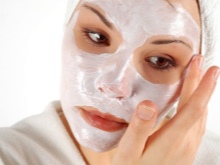
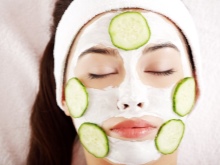
Moisturizing masks can combine several additional functions:
- Cleansing additionally fight the keratinized layer of cells and external pollution: street dust, sebum and their combination. A cleansing moisturizing mask allows you to solve a whole range of skin problems: clean its surface so that nourishing compounds can penetrate into the deeper layers of the dermis. Oatmeal perfectly cleanses the skin - it seems to “pull” impurities out, the clay absorbs excess sebum and removes dead cells.
- Nutrients. They have a richer texture and are often based on fatty acids. An ideal component for a homemade nourishing mask is olive oil with a rich formula and perfect structure. An alternative can be apricot, peach butter, shea butter, macadamia nut and others.
- Anti-aging. These masks are often enriched with collagen and elastin to restore skin elasticity, form a lost face oval, fill mimic and age wrinkles. Dairy products with protein complexes, fruit juices with antioxidants, base oils are perfect for moisturizing aging skin.
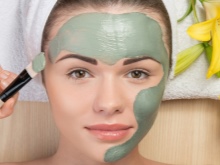

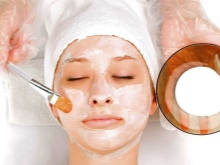
Moisturizing masks can be washed off and indelible, day and night, their variety is so wide that it allows you to seriously think about the choice.
Well-groomed skin looks attractive and literally glows with health, so no complete epidermis care can do without such products. Sometimes even the most saturated moisturizing textures cannot cope with the dryness of the epidermis, with constant peeling and dehydration, and then a moisturizing mask comes to the rescue.

How to make at home
Making a homemade mask with your own hands will allow you to create a unique fresh product and save money on purchasing a store counterpart. In order to make a mask yourself, use a few tips:
- Choose its components according to the needs of the skin: for dry, take egg yolk instead of protein, for oily, on the contrary, use protein - it absorbs excess fat and narrows enlarged pores;
- Eliminate potential allergens like egg yolk, honey, citrus fruits. Pre-test the reaction: apply the mask on the crook of the elbow and assess the condition of the skin after 10 minutes;
- After choosing the components of the mask, pre-crush / heat and mix them thoroughly until a mushy consistency without lumps is formed;
- For preparing and mixing homemade ingredients it is better to use plastic or wooden objects;
- It is recommended to apply a freshly prepared mask on a previously cleansed face using a light peeling or scrub.: this will allow the components of the mask to penetrate deep into the pores;
- You can wash off the composition with running, mineral, micellar water, tonic, lotion;
- Usually, the exposure time does not exceed half an hour.

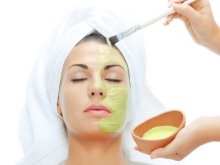

Folk recipes
From oatmeal
The most useful cereal can become the basis for a moisturizing mask, which is well suited for nourishing dry and dehydrated skin, as well as withering epidermis. For its preparation you will need:
- 2 tablespoons oatmeal;
- 4 tablespoons warm milk or mineral water;
Mix the components together and leave to swell for 15-20 minutes. Apply the mixture on a previously cleansed face for 30 minutes and then rinse with running water.

From sour cream
Dairy products are a storehouse of useful fatty acids, proteins and minerals to moisturize the epidermis. The composition of sour cream is suitable for very dry and damaged skin, mature and pigmented dermis, since its components simultaneously fight peeling, restore water and lipid balance and relieve pigmentation due to the content of vitamin C in the mask. Required components:
- 100 gr sour cream any fat content;
- egg yolk;
- Zest of half a lemon;
- Tablespoon olive oil (can be replaced with any other vegetable oil).
Pre-grind the lemon zest - an ordinary grater or coffee grinder is suitable for this, mix it with sour cream and egg yolk, add the plant extract at the end. Apply the freshly prepared composition to the cleansed dermis and leave for half an hour - this is enough for relaxation and high-quality hydration.
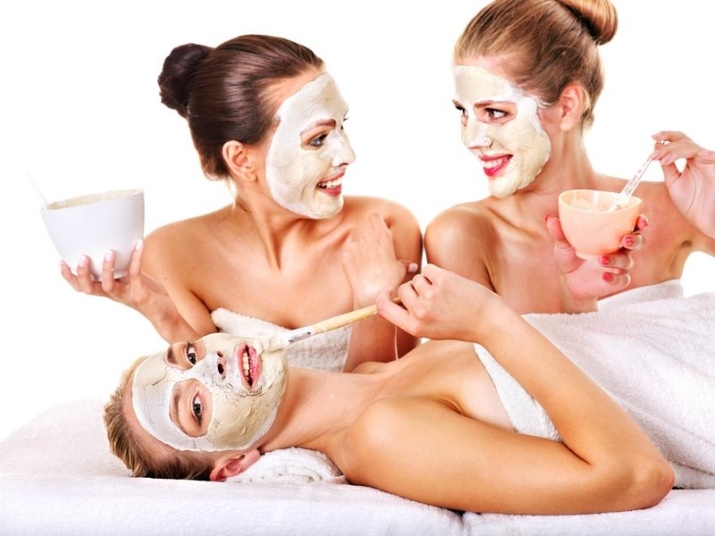
With honey
Honey is renowned for its nourishing and soothing properties and is often found in moisturizing facial products. It is worth knowing that honey is a potential allergen, and you need to use it in home care carefully and provided that the skin reacts to it normally. To create the following moisturizing mask, use:
- Liquid or melted in a water bath honey (1 tbsp.);
- Vegetable oil (1 tbsp.);
- Egg yolk.
Mix the components together and apply to the skin for 10 minutes. Result: smooth, even skin, natural glow.
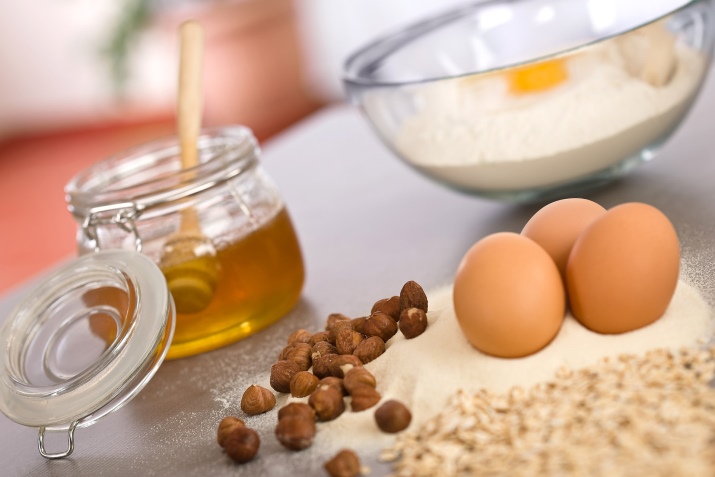
from cucumbers
Cucumber mask allows you to moisturize the epidermis well due to the high moisture content in the vegetable and even out skin tone. Take:
- pulp of one cucumber;
- Heavy cream;
- Rosewood oil or its extract.
To begin with, grate the cucumber on a fine grater and squeeze the juice thoroughly (it can be used as a tonic), only the pulp is needed to prepare the mask. Mix it with the same amount of cream and add a few drops of essential oil or rose water - it will give a slight anti-aging effect and significantly reduce inflammation on the skin. The exposure time of the composition usually does not exceed 20 minutes.


Fresh cucumber circles are good for moisturizing the area around the eyes: apply them for 10 minutes. This time is enough for the transformation of delicate skin.

from a tomato
This mask will be a salvation for oily facial skin with enlarged pores and an unpleasant shine - the result of increased activity of the sebaceous glands. It is known that the most oily skin requires even more moisture, which normalizes the sebaceous glands and reduces the amount of sebum. For its preparation you will need:
- Ripe tomato;
- Potato starch.
Plunge the tomatoes in hot water to easily remove the skin. Grate the skinless tomato or crush it with a fork until a homogeneous slurry is formed, mix with starch until a slurry consistency is obtained. Apply it on your face for 20 minutes and rinse with water.


From kefir
The simplest recipe for a kefir mask comes down to using a pure high-fat product: apply it on a cotton pad and wipe the previously cleansed face, hold for 15-20 minutes and rinse with water, micellar water. A kefir mask can replace a night cream if applied to the face all night. To prepare a moisturizing rinse-off kefir mask, use:
- 1 tbsp kefir;
- 1 st. l. sour cream;
- 1 tsp lemon and orange juice (preferably freshly squeezed).
Mix the components together and use on the face, the exposure time is 15 minutes.

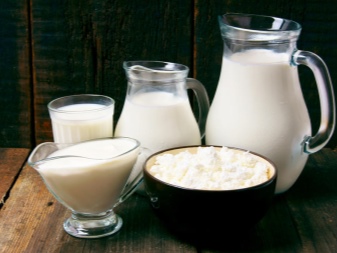
From potatoes
- pre-boiled and chilled potato;
- Art. l. fat sour cream.
Peel and grate the potatoes, mix with a tablespoon of sour cream, apply on the skin of the face and leave. The exposure time of such a mask is 25-30 minutes.
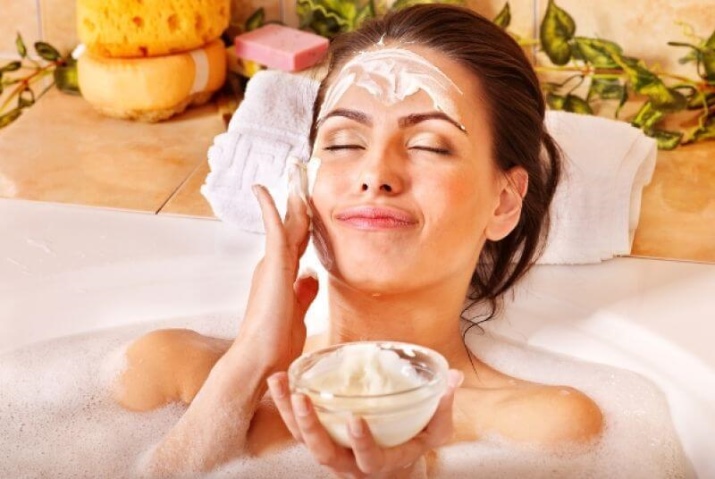
With hyaluronic acid
To create such a moisturizing mask, you will need ready-made acid in ampoules or powder - you can buy it at a pharmacy or cosmetic store. There are a lot of variations of masks based on this moisturizing component, consider the main recipes:
- Classic mask - dilute hyaluron powder with water and apply to previously cleansed skin;
- Hyaluronic acid + nicotinic: mix equal proportions of the components with each other, dilute with clean cool water to a slurry state and apply on the face;
- With glycerin. Take quinine as a basis, add hyaluronic acid and zinc oxide to it in equal amounts, about 40 gr. dry glycerin, mix the components together and dilute with water.
- With protein. Beat 2-3 egg whites, add to them 2 teaspoons of fresh lemon juice, zest of one or two citrus fruits, hyaluronic acid powder and ground oatmeal.


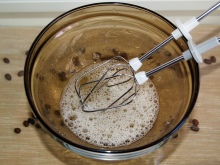
with aloe
This green plant is famous for its antibacterial and bactericidal properties, so it is suitable for moisturizing problematic, oily and combination skin. Aloe juice can be easily purchased at a pharmacy or prepared independently from fresh leaves. To create a mask based on it, you will need:
- a teaspoon of aloe juice;
- Yolk or white of one egg.
For the first time, you can use the juice of the plant: mix it 1: 1 with pure water in order to check the reaction of the skin and not injure it with the active composition.The next time you can not dilute the juice, use it in its pure form and mix with the yolk (for dry skin) or protein (for oily, problematic, enlarged pores).
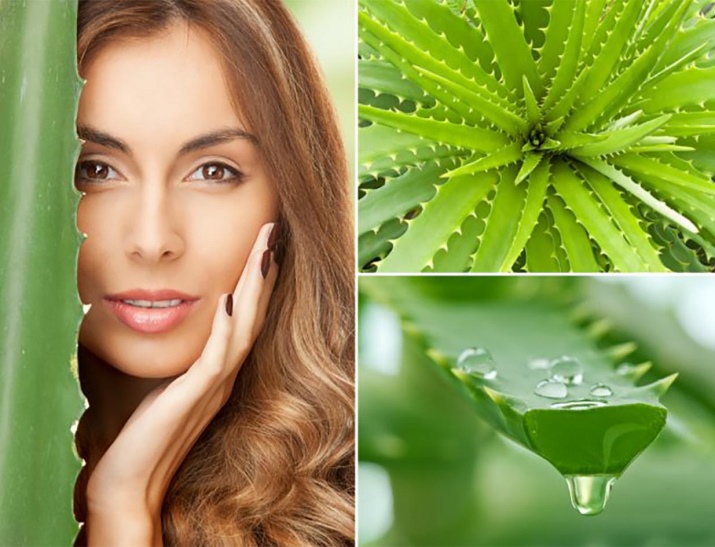
with watermelon
Ingredients:
- pulp of watermelon;
- Yolk;
- A teaspoon of olive oil;
- A teaspoon of high fat sour cream.
Mix the ingredients together. If the mask is too watery, add ground oatmeal, flour or a little black bread pulp to it. Use it 1-2 times a week, the exposure time of the composition is 30 minutes.
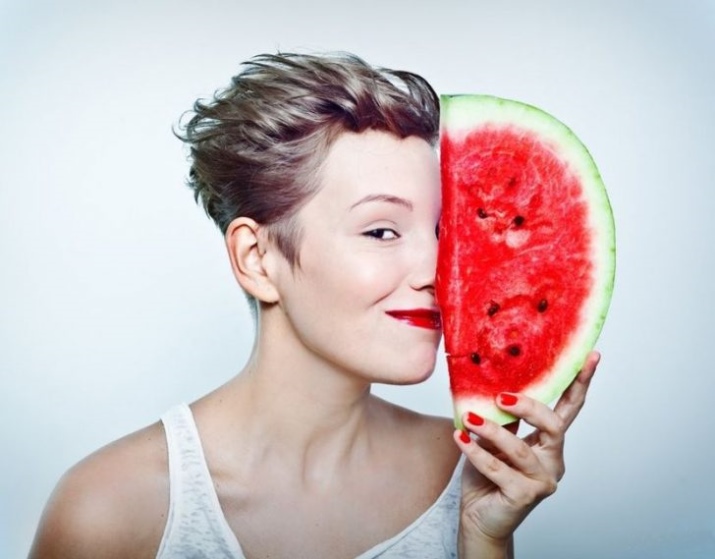
Other unusual formulations
Among the components of store-bought moisturizing masks you can find bamboo - a component of plant origin with a unique property to accumulate moisture and tone the dermis. Cotton as part of a cosmetic product, it softens and restores damaged epidermis, saturates it with moisture and makes it smooth due to omega fatty acids.
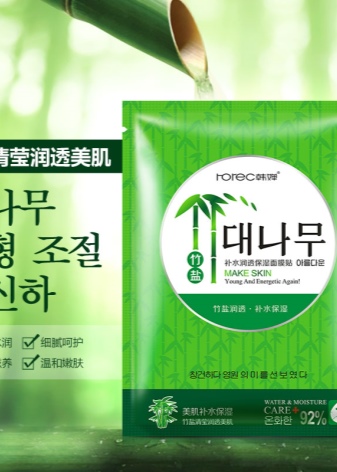

See the following video for the recipe for a moisturizing face mask.
Reviews
Moisturizing masks are in the arsenal of every woman who pays tribute to the care of her own face. These indispensable products can be store-bought or self-made from improvised means, their function will not change at all. Recall that the main task of a moisturizing mask is to saturate the skin with moisture, which is vital for the normal functioning of cells.
Reviews of moisturizing masks are positive: women cannot imagine their weekly care without them. Some of them prefer to prepare masks on their own from fresh products, seasonal fruits and vegetables, while others prefer ready-made products from various brands.

The most popular category of homemade moisturizing masks is based on sour cream and egg. - these two components well saturate the dermis with moisture and nutrients such as omega-3 fatty acids, vitamins A, E, D, proteins, calcium and others. The best mask includes carrot pulp or concentrated vegetable juice. to create an anti-aging effect, fight pigmentation, normalize complexion, its cellular renewal. Good homemade masks include olive oil - affordable and versatile product.


Moisturizing masks for oily type of epidermis often include aloe juice.
Women prefer to use this component both separately and together with sour cream, kefir, egg and note that the green plant copes well with enlarged pores and excessive oily skin.

Even more reviews have masks based on hyaluronic acid, which is able to retain moisture in the cells and thereby fill the skin, make it supple, smooth, healthy. Hyaluronic acid is often included in store products, for example, a mask Koraenriched with brown algae.
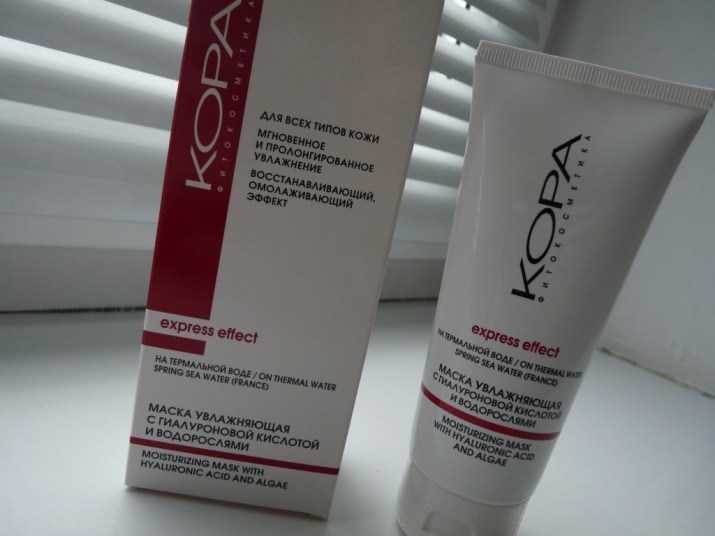
Night mask Clinique "Moisture Surge Overnight Mask" can replace a night cream or become an addition to the care of lifeless, dull, aging and flaky skin. The budget analogue of it will be ordinary kefir, which is applied to the skin in a thick layer at night and washed off only in the morning.
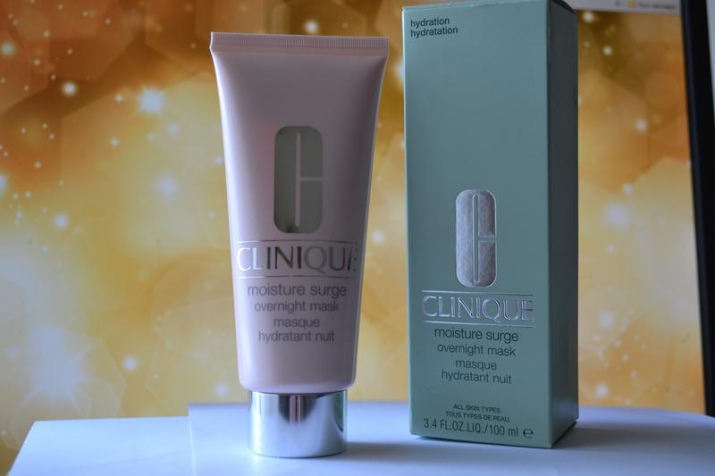
How to moisturize the skin of the face at home - in the video below.






















